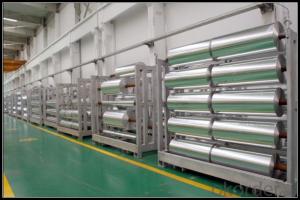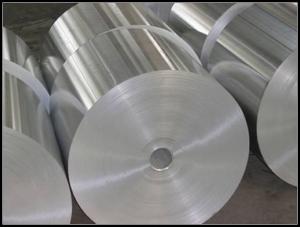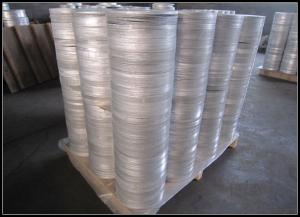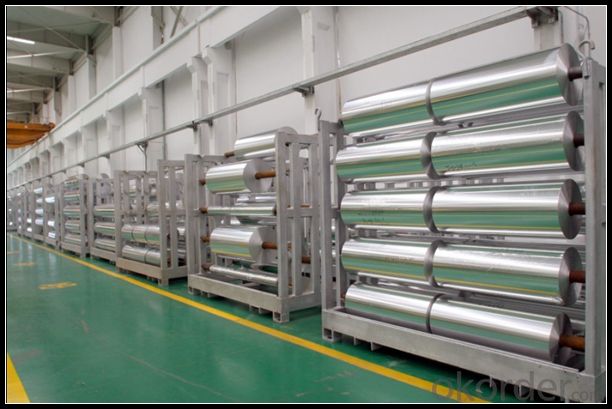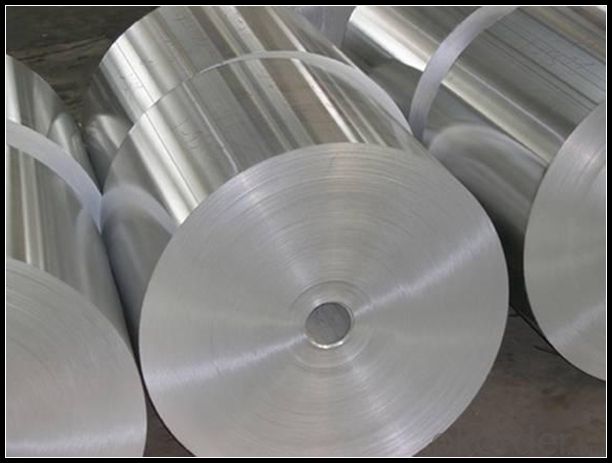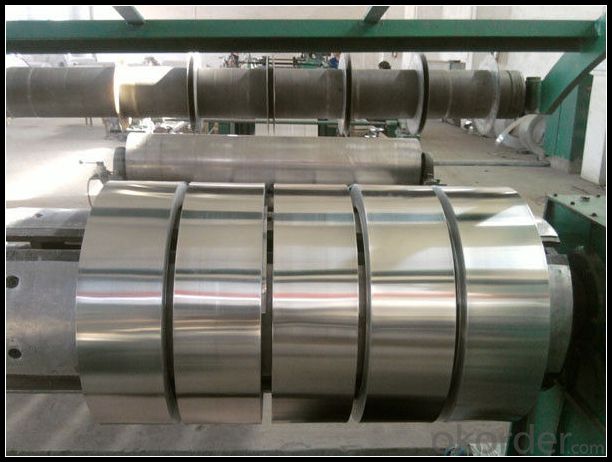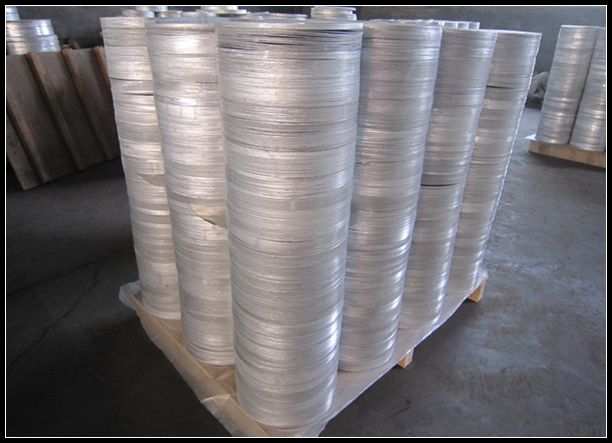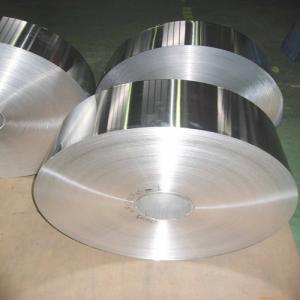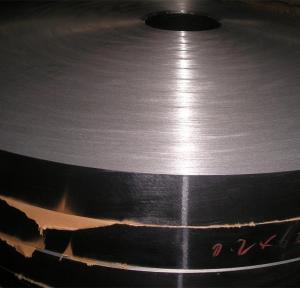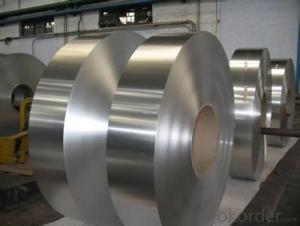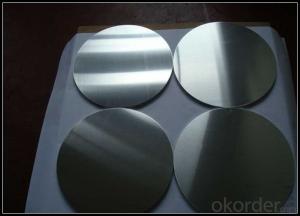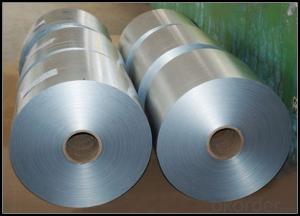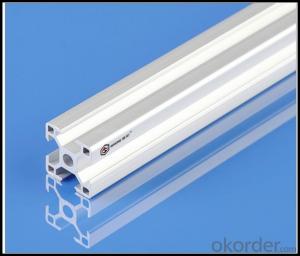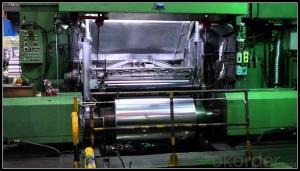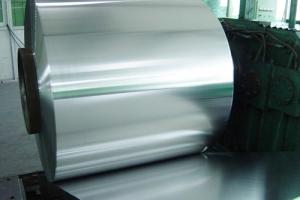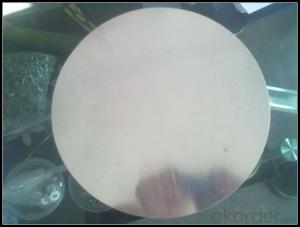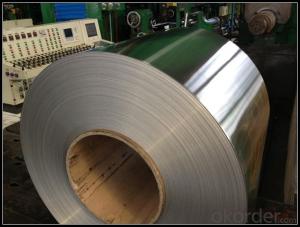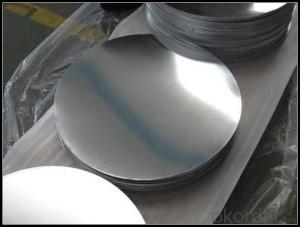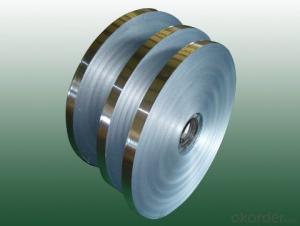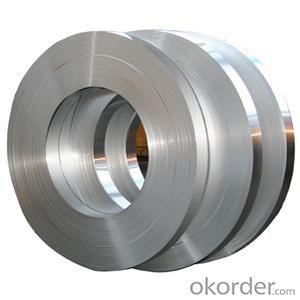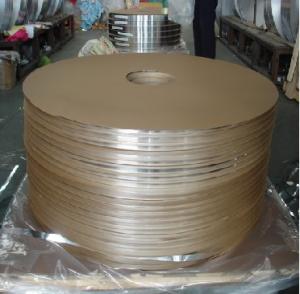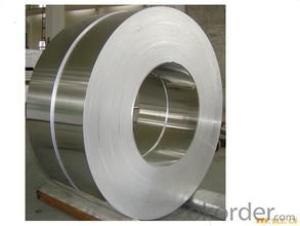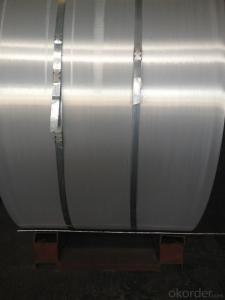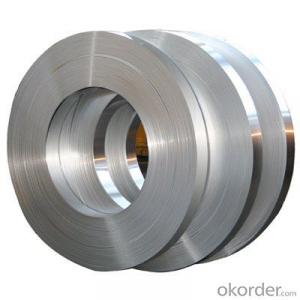Aluminum Corner Strips Aluminium Diamond Sheet 1100 1200 3003 O H12 H14 H24
- Loading Port:
- Tianjin
- Payment Terms:
- TT OR LC
- Min Order Qty:
- 1 m.t.
- Supply Capability:
- 4999 m.t./month
OKorder Service Pledge
OKorder Financial Service
You Might Also Like
Specification
1. Specification of Aluminum
1) Alloy | 1050, 1060,1100, 3003 3004 3105 3005 5005 5052 etc |
2) Temper | O/H12/H14/H1/H18/H32/H34/H36/H38//H111/H112/H116/H321/T6/T651/T3/T351 etc |
3) Thickness | 0.1mm to 6mm |
4) Width | 20mm to 3300mm |
5) Coil weight | 100kgs to 6 tons depends on actual requirement |
6) Core material | Aluminum alloy |
2. Application of Aluminum
(1).Interior: wall cladding, ceilings, bathrooms, kitchens and balconies, shutters, doors...
(2).Exterior: wall
(3).Advertisement: display platforms, signboards, fascia, shop fronts...
3. Feature of Aluminum
Because of its strong affinity for oxygen, aluminium is almost never found in the elemental state; instead it is found in oxides or silicates. Feldspars, the most common group of minerals in the Earth's crust, are aluminosilicates. Native aluminium metal can only be found as a minor phase in low oxygen fugacityenvironments, such as the interiors of certain volcanoes.[21] Native aluminium has been reported in cold seeps in the northeastern continental slope of the South China Sea. Chen et al.have
4. Certificate:
SGS and ROHS(if client request, paid by client), MTC(plant provided), Certificate of Origin(FORM A, FORM E, CO), Bureau Veritas and SGS (if client request, paid by client), CIQS certificate
5. Image of Aluminum
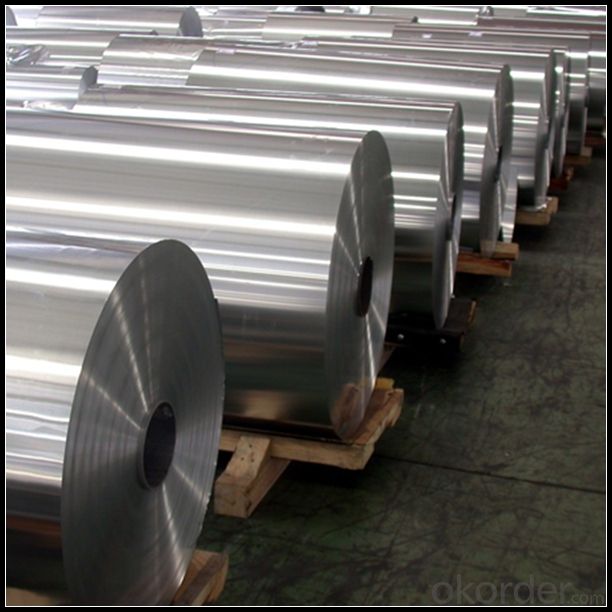
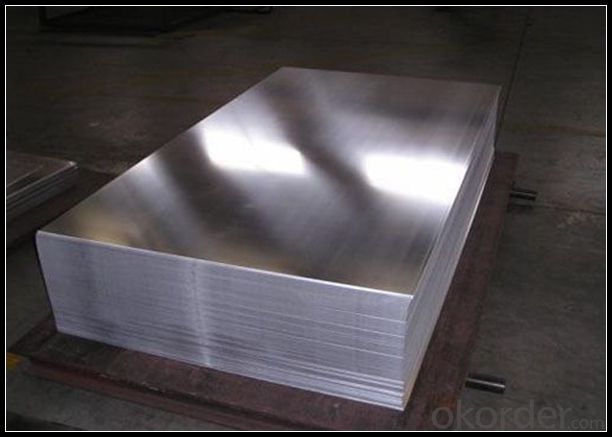
6. Our Service
1. Reply your enquiry in 24 working hours. |
2. OEM, buyer design, buyer label services provided. |
3. Exclusive and unique solution can be provide to our customer by our well traned and professional engineers and staffs. |
4. We can provide free sample for your check |
5. We have the certification of ISO 9001 |
6. Timely delivery |
7. Special discount and protection of sales area provided to our distributor. |
8. Good after-sale service. |
7. FAQ
Q: What is the produce prase? | ||||
A: Normally it would be 40days after received your deposit. | ||||
Q: Can you provide free samples? | ||||
A: Yes, free samples will be sent to you on freight at destination. | ||||
Q: Can I get your latest catalogue? | ||||
A: Yes, it will be sent to you in no time. | ||||
Q: What is the MOQ? | ||||
A: 3 tons | ||||
Q: What are your payment terms? | ||||
A: We accept L/C, D/A, D/P, T/T, West Union,etc. |
- Q: Is it possible to utilize aluminum strips for creating signs or banners?
- <p>Yes, you can use aluminum strips to make signs or banners. Aluminum is lightweight, durable, and resistant to weather, making it a popular choice for outdoor signage. It can be cut, bent, and shaped easily to create various designs. Additionally, aluminum strips can be painted or printed on, allowing for customization with text and graphics. However, ensure that the aluminum is of the appropriate thickness and quality for your specific project to maintain its structural integrity and longevity.</p>
- Q: Explain the distinctions between aluminum foil and aluminum strips in a few sentences.
- <p>Aluminum foil and aluminum strips are both made from aluminum but differ in thickness and application. Aluminum foil is very thin, typically used for food packaging, cooking, and insulation due to its light weight and flexibility. It is also reflective, which makes it useful for cooking and baking. Aluminum strips, on the other hand, are thicker and more rigid, often used in construction, manufacturing, and automotive industries for structural support, heat exchangers, and electrical conductivity. They are not as flexible as foil and are not typically used for food-related applications.</p>
- Q: What gas is best for welding aluminum strip?
- If the welded aluminum strip is welded by argon arc welding, it is best to use high purity argon and 5 purity of 9.
- Q: Describe the process of manufacturing aluminum strips.
- <p>The production process of aluminum strips involves several key steps. Initially, raw aluminum ingots are melted in a furnace. Once molten, the aluminum is poured into molds to create billets. These billets are then heated and passed through a series of rollers to reduce their thickness and achieve the desired strip dimensions. This process, known as hot or cold rolling, is repeated multiple times to refine the strip's thickness and surface quality. After rolling, the aluminum strips may undergo annealing to improve ductility and strength. Finally, the strips are cleaned, coated if necessary, and cut to length before being packaged and shipped to customers.</p>
- Q: Is it possible to use aluminum strips as a material for exterior siding on a building?
- <p>Yes, aluminum strips can be used for siding. They are known for their durability, resistance to corrosion, and low maintenance requirements. Aluminum siding is lightweight, easy to install, and comes in various colors and styles, making it a popular choice for residential and commercial buildings. It also has good resistance to harsh weather conditions and does not rot or warp, which are common issues with wood siding.</p>
- Q: Is there any health risk associated with the use of aluminum in food packaging?
- <p>There are some concerns about the use of aluminum in food packaging due to its potential to leach into food, especially when in contact with acidic foods. Aluminum exposure has been linked to neurological disorders, including Alzheimer's disease, although the evidence is not conclusive. The World Health Organization states that while there is no clear risk from dietary aluminum, further research is needed. It's important to note that aluminum is naturally present in many foods and drinking water, and the body can only absorb a small amount of aluminum from food packaging. Most aluminum exposure comes from natural sources, not from packaging.</p>
- Q: What precautions should be taken while handling aluminum strips to ensure safety?
- <p>When using aluminum strips, it's important to follow safety measures to prevent injury or damage. Always wear protective gloves and eyewear to protect against sharp edges and flying debris. Ensure good ventilation to avoid inhaling aluminum dust, which can be harmful. Avoid using aluminum strips near open flames or high heat sources as aluminum can melt and cause burns. Keep aluminum strips away from corrosive chemicals that can react with it. Store aluminum strips properly to prevent damage and ensure they are dry to avoid rusting. Always follow the manufacturer's guidelines for safe handling and usage.</p>
- Q: Is it feasible to recycle aluminum strips?
- <p>Yes, aluminum strips can be recycled easily. Aluminum is one of the most recycled materials due to its lightweight, high strength, and the energy efficiency of the recycling process. The recycling of aluminum saves up to 95% of the energy needed to produce new aluminum from raw materials. Aluminum recycling is also beneficial as it reduces waste in landfills and conserves natural resources. The process involves melting the aluminum, which is much less energy-intensive than mining and refining bauxite. Recycled aluminum is used in various products, from cans to car parts, demonstrating its versatility and the ease of recycling.</p>
- Q: The user is asking if it's possible to use aluminum strips in the construction of solar panels.
- <p>While aluminum is a common material used in the construction of solar panels, particularly for framing and mounting, it is not used to create the actual solar cells. Solar cells are typically made from silicon, which is capable of converting sunlight into electricity. Aluminum strips can be used in the assembly and support structure of solar panels, but they do not contribute to the photovoltaic effect that generates electricity. Therefore, you cannot use aluminum strips to make the active solar cell component of solar panels.</p>
- Q: Is it possible to utilize recycled aluminum to fabricate new aluminum strips?
- <p>Yes, recycled aluminum can be used to make new aluminum strips. Recycling aluminum is an efficient process that conserves energy and resources. The recycled aluminum is melted down and then reformed into new shapes, including strips. This process is not only environmentally friendly but also cost-effective, as it requires less energy compared to producing aluminum from raw materials. The recycled aluminum strips maintain the same properties as those made from new aluminum, making them suitable for various applications.</p>
Send your message to us
Aluminum Corner Strips Aluminium Diamond Sheet 1100 1200 3003 O H12 H14 H24
- Loading Port:
- Tianjin
- Payment Terms:
- TT OR LC
- Min Order Qty:
- 1 m.t.
- Supply Capability:
- 4999 m.t./month
OKorder Service Pledge
OKorder Financial Service
Similar products
Hot products
Hot Searches
Related keywords
